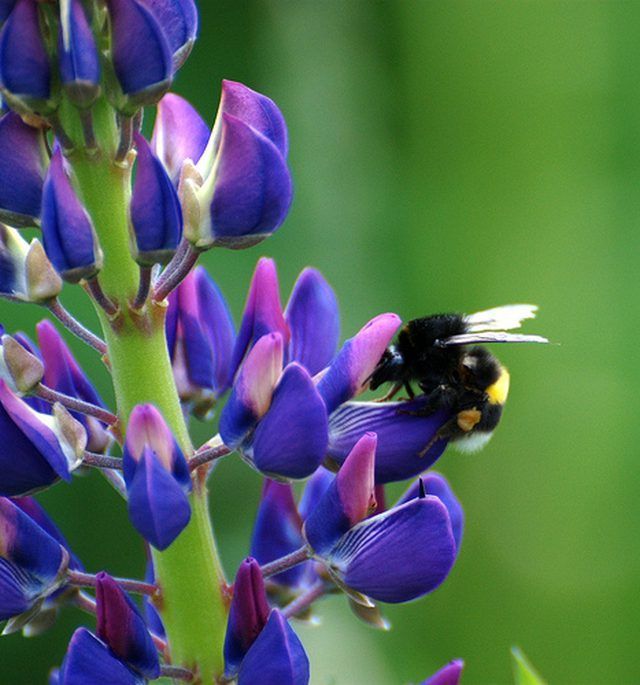Bulbs
Flower Basics
Flower Beds & Specialty Gardens
Flower Garden
Garden Furniture
Garden Gnomes
Garden Seeds
Garden Sheds
Garden Statues
Garden Tools & Supplies
Gardening Basics
Green & Organic
Groundcovers & Vines
Growing Annuals
Growing Basil
Growing Beans
Growing Berries
Growing Blueberries
Growing Cactus
Growing Corn
Growing Cotton
Growing Edibles
Growing Flowers
Growing Garlic
Growing Grapes
Growing Grass
Growing Herbs
Growing Jasmine
Growing Mint
Growing Mushrooms
Orchids
Growing Peanuts
Growing Perennials
Growing Plants
Growing Rosemary
Growing Roses
Growing Strawberries
Growing Sunflowers
Growing Thyme
Growing Tomatoes
Growing Tulips
Growing Vegetables
Herb Basics
Herb Garden
Indoor Growing
Landscaping Basics
Landscaping Patios
Landscaping Plants
Landscaping Shrubs
Landscaping Trees
Landscaping Walks & Pathways
Lawn Basics
Lawn Maintenance
Lawn Mowers
Lawn Ornaments
Lawn Planting
Lawn Tools
Outdoor Growing
Overall Landscape Planning
Pests, Weeds & Problems
Plant Basics
Rock Garden
Rose Garden
Shrubs
Soil
Specialty Gardens
Trees
Vegetable Garden
Yard Maintenance
Lupine Diseases
Lupine Diseases. Lupines (Lupinis) are annual or perennial herbs belonging to the pea family (Fabaceae). Common varieties include the Texas bluebonnet, the Carolina lupine and the wild lupine. Lupine plants are susceptible to a number of plant diseases.

Lupines (Lupinis) are annual or perennial herbs belonging to the pea family (Fabaceae). Common varieties include the Texas bluebonnet, the Carolina lupine and the wild lupine. Lupine plants are susceptible to a number of plant diseases.
Fungal Diseases
Lupines are susceptible to numerous fungal diseases including root rot (Pythium), downy mildew (Peronospora), powdery mildew (Erysiphe) and rust (Puccinia).
Effects
Symptoms of fungal diseases include brownish-black, collapsed roots and rust-colored spores forming on stems or leaves. Downy mildew appears as gray or white patches on leaves, while powdery mildew causes a coating of white or gray dust to form on leaves.
Viral Diseases
Lupine plants are vulnerable to the mosaic and ringspot virus. Symptoms include mottled or yellowed leaves, stunted growth and deformed flowers and buds.
Leaf Spots
Leaf spots commonly appear on lupine plants. These spots are caused by various pathogens and are more prevalent during wet conditions.
Pests
Nematodes, aphids (Macrosiphum albifrons) and garden millipedes (Macrosiphum albifrons) most commonly attack lupines. Nematodes are the most serious, attacking and feeding on the plant's root system and causing the foliage to wilt and lose color.
Control
Infected lupines should be removed and destroyed immediately so they don't spread diseases to other plants. Reducing leaf wetness and humidity levels can prevent most lupine diseases.